400GBASE-DR4 QSFP-DD PAM4 1310nm 500m DOM MPO-12/APC SMF SiPh-Based Optical Transceiver Module
- Estimated Delivery : Up to 4 business days
- Free Shipping & Returns : On all orders over $200
The 400GBASE-DR4 QSFP-DD Optical Transceiver Module is a cutting-edge solution designed to meet the growing demand for high-speed, high-density optical connectivity in modern data centers and high-performance computing (HPC) environments. Operating at a wavelength of 1310nm and utilizing PAM4 modulation, this transceiver delivers 400Gbps data transmission over single-mode fiber (SMF) with a reach of up to 500 meters, making it an ideal choice for short-reach data center interconnects.
Built on Silicon Photonics (SiPh) technology, this module offers enhanced performance, lower power consumption, and improved thermal efficiency. SiPh-based transceivers are known for their high integration capabilities, allowing for better scalability and cost-effectiveness compared to traditional optical transceiver solutions. The QSFP-DD (Quad Small Form-Factor Pluggable Double Density) form factor further enhances port density and supports seamless upgrades from 100G and 200G networks, enabling network operators to optimize infrastructure while ensuring future-proof scalability. The MPO-12/APC connector ensures efficient and reliable connectivity, supporting four parallel lanes of 100Gbps to achieve the full 400G transmission rate. Additionally, the Digital Optical Monitoring (DOM) function provides real-time diagnostics, including monitoring of optical power, temperature, and voltage, ensuring enhanced reliability and easier network maintenance.
Designed for hyperscale data centers, artificial intelligence (AI) clusters, machine learning (ML) applications, this 400GBASE-DR4 QSFP-DD transceiver is engineered to deliver exceptional speed, efficiency, and stability. It is the perfect solution for organizations looking to build high-bandwidth, low-latency networks to support the ever-increasing demand for data transmission in cloud computing and next-generation digital infrastructure.
| Brand | WHGEARLINK |
|---|---|
| Description | QSFP-DD 400G 1310nm 500m MPO-12/APC |
| Data Rate | 400G |
| Package | QSFP-DD |
| Wavelength (nm) | 1310nm |
| Reach | 500m |
| Connector | MPO |
| Operating Voltage | 3.3V |
| TX output (dBm) | -2.9~4.0 |
| RX Sensitivity (dBm) | -5.9 |
| Power Consumption(W) | 10 |
| Operating Temperature | 0 to 70°C (32 to 158°F) |
| DOM | Yes |
Hot-pluggable QSFP-DD form factor
8x 50G PAM4 electrical interfaces
4x 100G PAM4 optical interfaces
Up to 53.125Gbps or 106.25Gbps data rate per channel
Compliant with QSFP-DD MSA, CMIS and IEEE 802.3
Low power consumption < 6W
Commercial chassis operating temperature range
Single 3.3V power supply
Built-in digital diagnostics
RoHS compliant (lead-free) Non-airtight COB optical design, silicon photonics solution
What are the main categories of 400G optical transceivers?
Based on transmission distance and application scenarios, 400G optical transceivers are mainly categorized into SR8 (short-range), DR4 (medium-range), FR4 (medium-long range), and LR4 (long-range).
What are the common packaging types for 400G optical transceivers?
Common packaging types for 400G optical transceivers include QSFP-DD, OSFP, and QSFP112. Among these, QSFP-DD and OSFP are widely used due to their high density and excellent heat dissipation performance.
What are the main application areas of 400G optical transceivers?
400G optical transceivers are primarily used in data centers, high-performance computing, and communication networks, meeting the demands for high bandwidth and high-speed data transmission.
What is a QSFP-DD packaged 400G optical transceiver?
QSFP-DD (Quad Small Form-factor Pluggable Double Density) is a dual-density, four small form-factor pluggable package that supports data transmission rates up to 400Gbps, suitable for high-density network environments.
What is the transmission distance range for 400G optical transceivers?
Depending on the type, the transmission distance ranges from 100 meters (SR8) to 10 kilometers (LR4), covering the needs from short-range to long-range transmissions.
How do 400G optical transceivers meet the demands of data centers?
By providing high bandwidth and high-density connections, 400G optical transceivers support the high-speed transmission of massive amounts of data within data centers, improving overall network performance.
What role do 400G optical transceivers play in communication networks?
In communication networks, 400G optical transceivers are used to build high-capacity transmission links to meet the growing network traffic demands.
What is the power consumption of 400G optical transceivers?
The power consumption of 400G optical transceivers typically ranges from 8W to 12W, depending on the module type and application scenario.
What types of interfaces do 400G optical transceivers have?
Common interface types include MPO and LC, with the specific choice depending on the module type and application requirements.
What is the transmission rate of 400G optical transceivers?
400G optical transceivers have a transmission rate of 400Gbps, meeting the requirements for high-bandwidth applications.
What is the working temperature range of 400G optical transceivers?
The typical working temperature range is from 0°C to 70°C, though the specific range may vary depending on the module type and application scenario.
What are the dimensions of 400G optical transceivers?
The dimensions vary by packaging type. For example, the QSFP-DD package measures 90mm x 18.35mm x 8.5mm.
What transmission media do 400G optical transceivers use?
They mainly use single-mode fiber and multi-mode fiber, with the choice depending on the transmission distance and application needs.
What modulation technique is used in 400G optical transceivers?
400G optical transceivers typically use PAM4 (Pulse Amplitude Modulation with four levels) technology to improve data transmission efficiency.
How compatible are 400G optical transceivers?
Designed to comply with relevant standards, 400G optical transceivers ensure compatibility with equipment from different vendors.
How reliable are 400G optical transceivers?
Through rigorous testing and certification, 400G optical transceivers are designed to ensure stability and reliability under various environmental conditions.
What is the cost of 400G optical transceivers?
As the technology matures and production scales up, the cost of 400G optical transceivers has been gradually decreasing, leading to better cost-effectiveness.Where are 400G optical transceivers mainly used?
Data Centers: With the explosive growth in data traffic, data centers require higher bandwidth and faster transmission speeds. 400G optical transceivers meet the needs for large-scale data transmission and processing by providing high-density and high-speed connectivity.


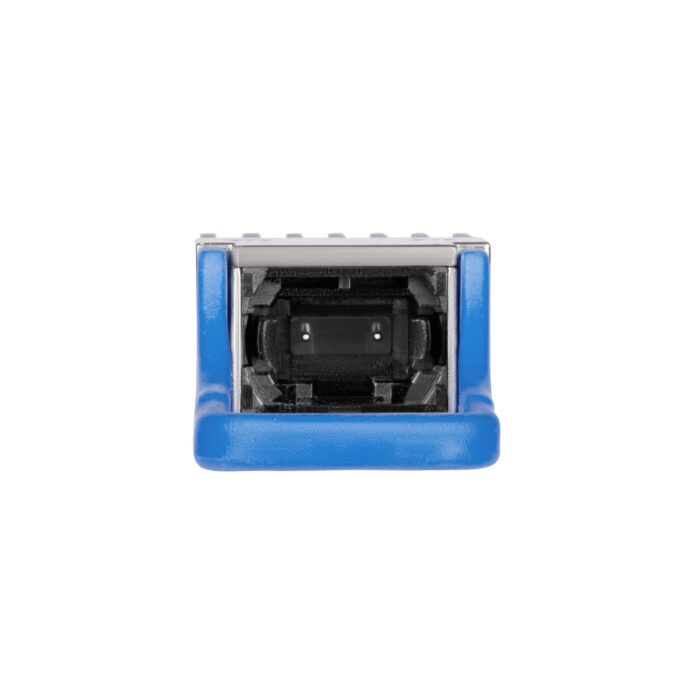
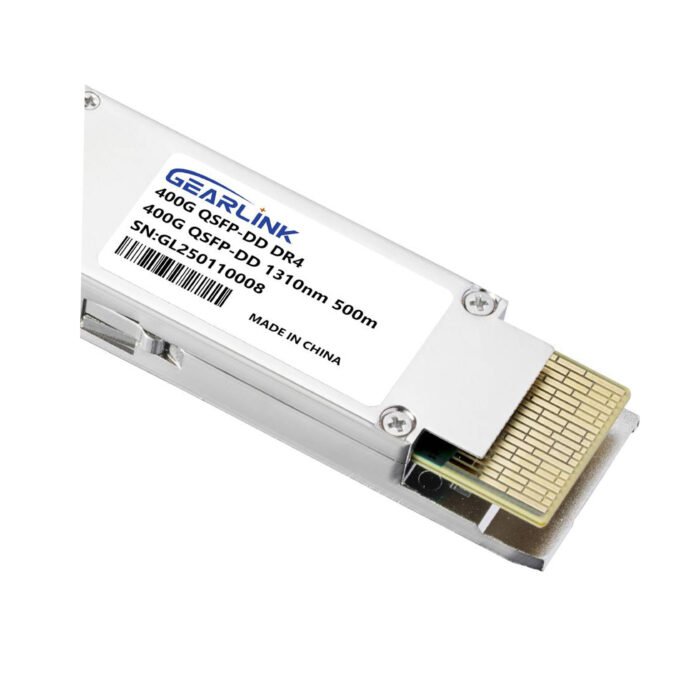
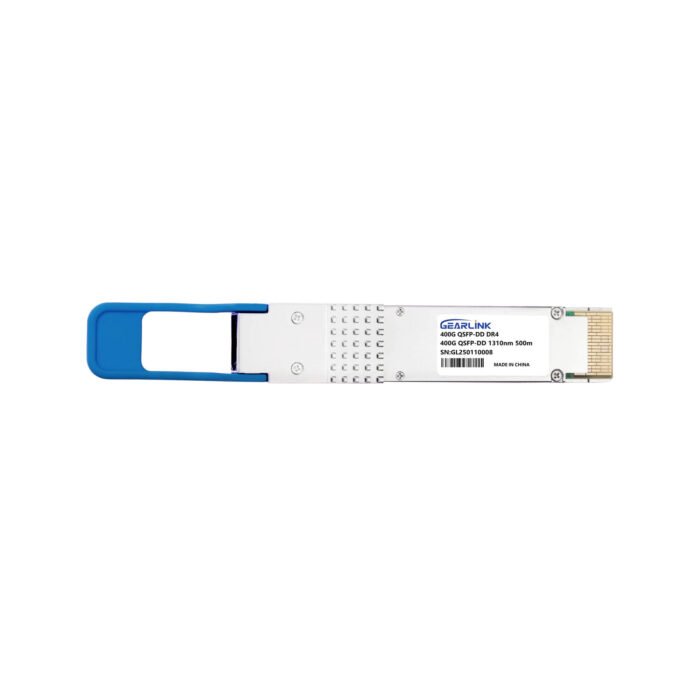
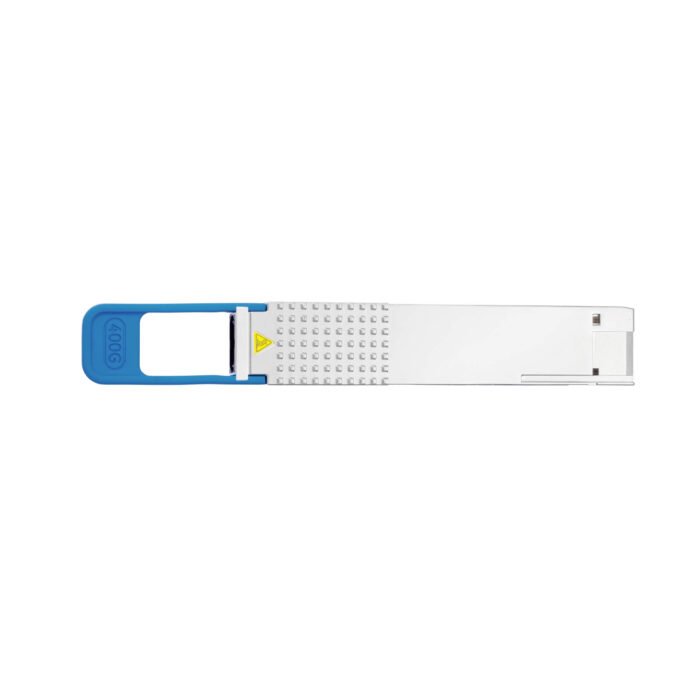

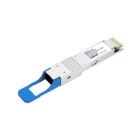

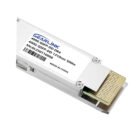
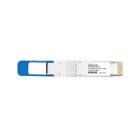
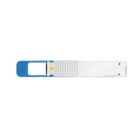

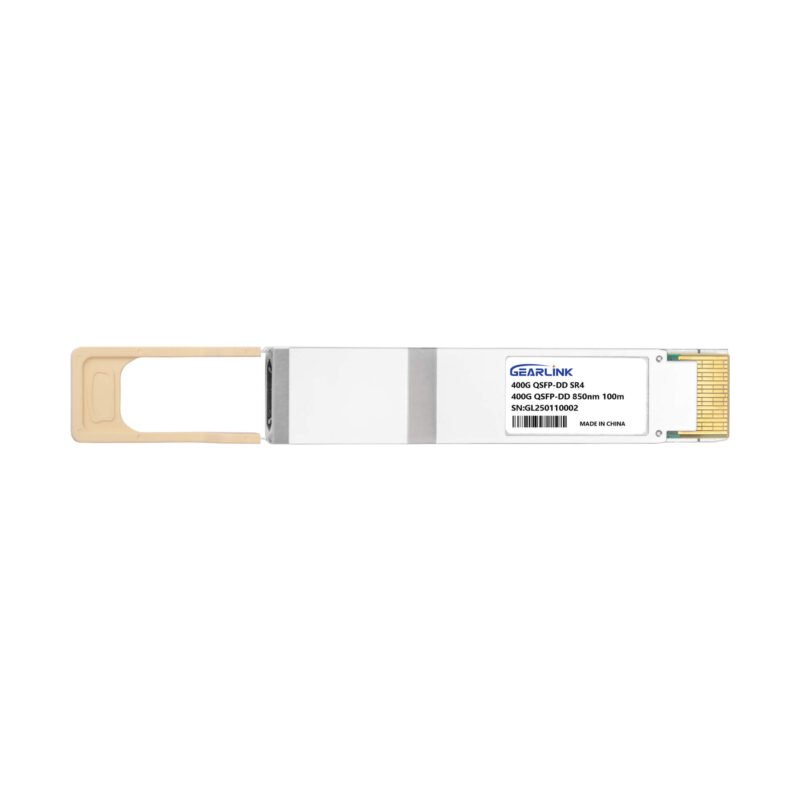
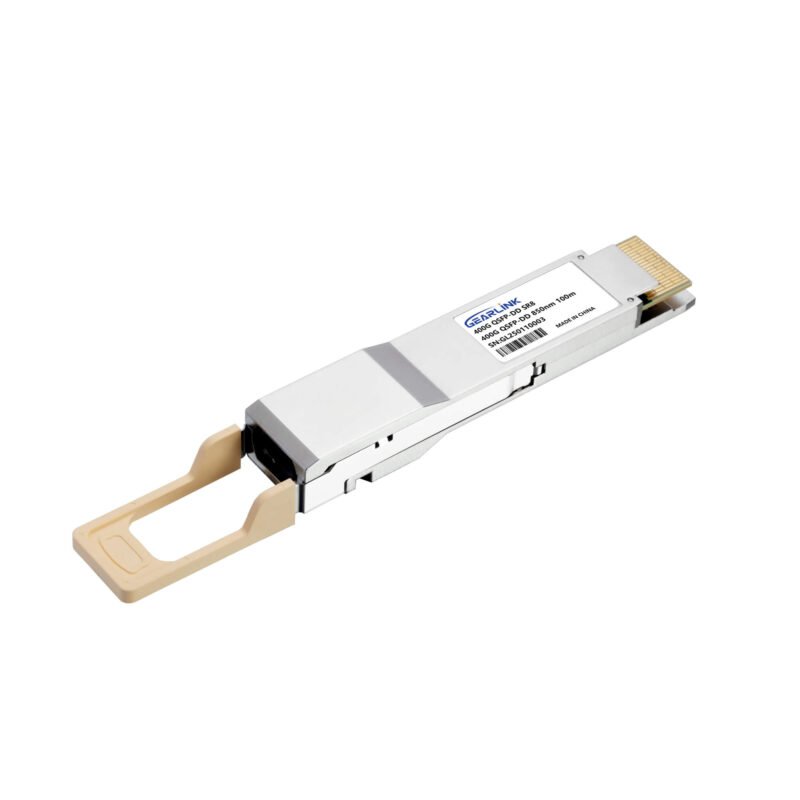
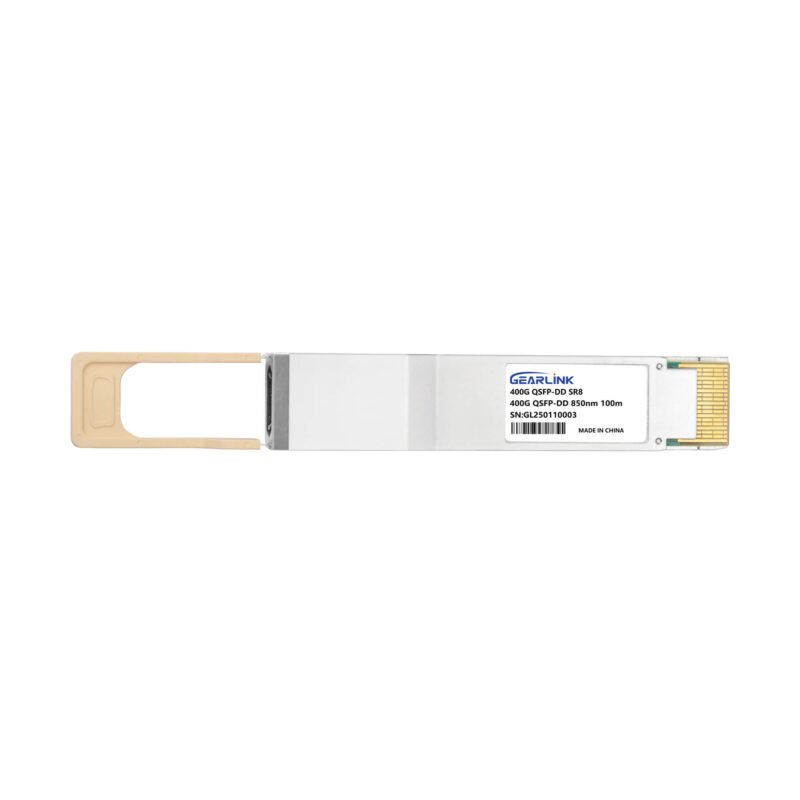
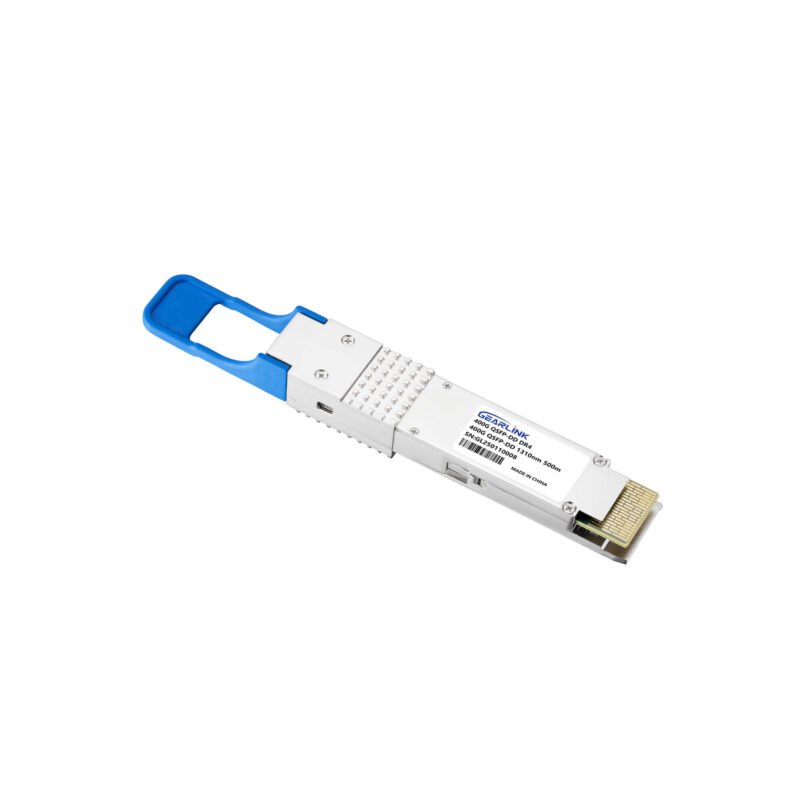
Reviews
There are no reviews yet.